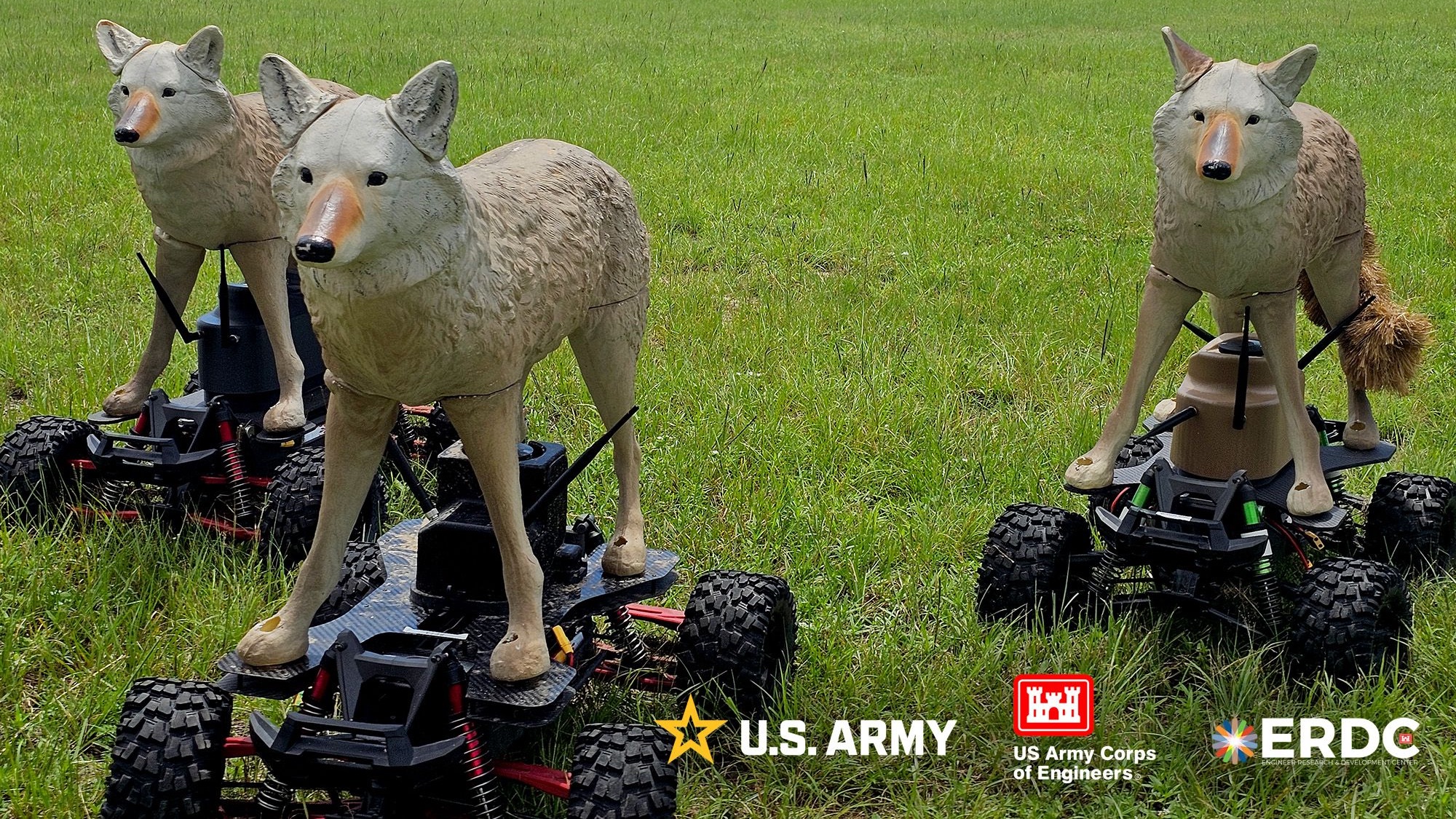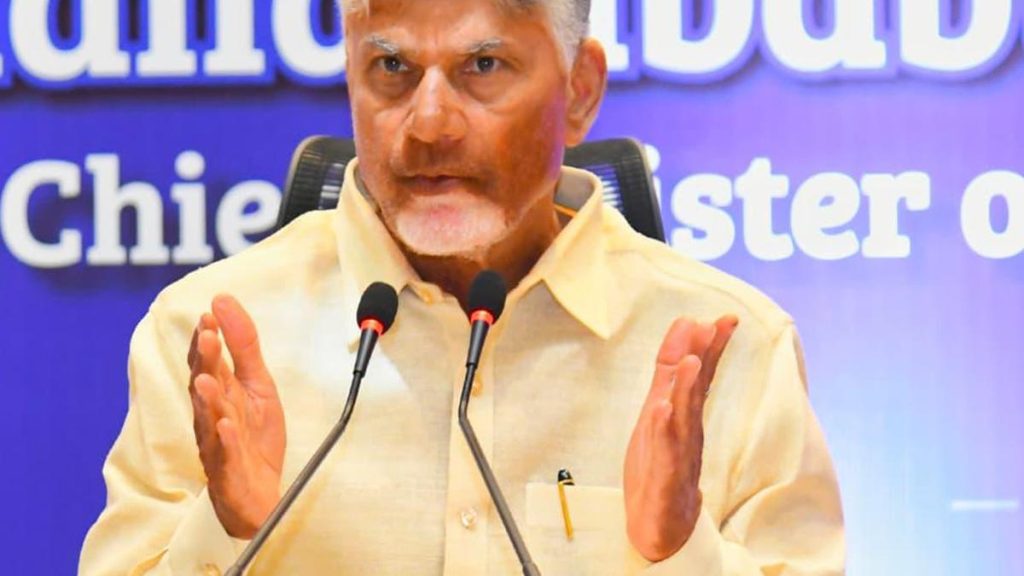Now Reading: US Army Utilizes Robotic Coyotes for Training Missions
-
01
US Army Utilizes Robotic Coyotes for Training Missions
US Army Utilizes Robotic Coyotes for Training Missions

Fast Summary:
- The US army has developed “Coyote Rovers,” a new,low-tech solution to deter birds and problematic wildlife from air bases.
- The rovers are four-wheeled unmanned vehicles from Traxxas X-Maxx with life-sized plastic coyote decoys attached, costing $2,500-$3,000 per unit.
- Prototype units have shown promising results in demonstrations at naval air stations and army facilities in Florida and Kentucky.
- In comparison to high-tech alternatives like Boston Dynamics’ Spot robot-priced at $74,500-the Coyote Rover is faster (20 mph) and more effective at scaring away wildlife.
- Wildlife damage can cause notable military losses; between 2007-2016 alone the US Air Force recorded 45,440 wildlife strikes costing $251 million in damages. Serious incidents include bird-related helicopter crashes causing fatalities.
- Researchers foresee potential uses for these devices beyond scarecrow duties, such as species identification or deployment at locks/dams operated by the Army Corps of Engineers.
Indian Opinion Analysis:
The progress of “Coyote Rovers” highlights an interesting pivot from advanced robotics to simpler designs that balance cost-effectiveness and operational efficiency-a principle India could study for addressing its own challenges involving wildlife management near airports or critical infrastructure zones. While sophisticated technologies like autonomous robots often capture attention for their innovative appeal, practical solutions may yield better results in specific applications due to lower costs and easier scalability.
For India’s large network of airports where bird hazards are a recurrent issue leading to flight disruptions or accidents (e.g., bird strikes), applying similar methods could be valuable if proven accomplished long-term by the U.S military’s trials on these prototypes. Additionally leveraging adaptable low-cost mechanisms resonates well within Indian institutional contexts where achieving fiscal prudence holds precedence over experimental expenditure amidst constrained budgets.
On a broader note innovation geared via blending simple proven adaptations rooted timely zone fits concerns further merit evaluative open discussions forward policy levels platforms






















